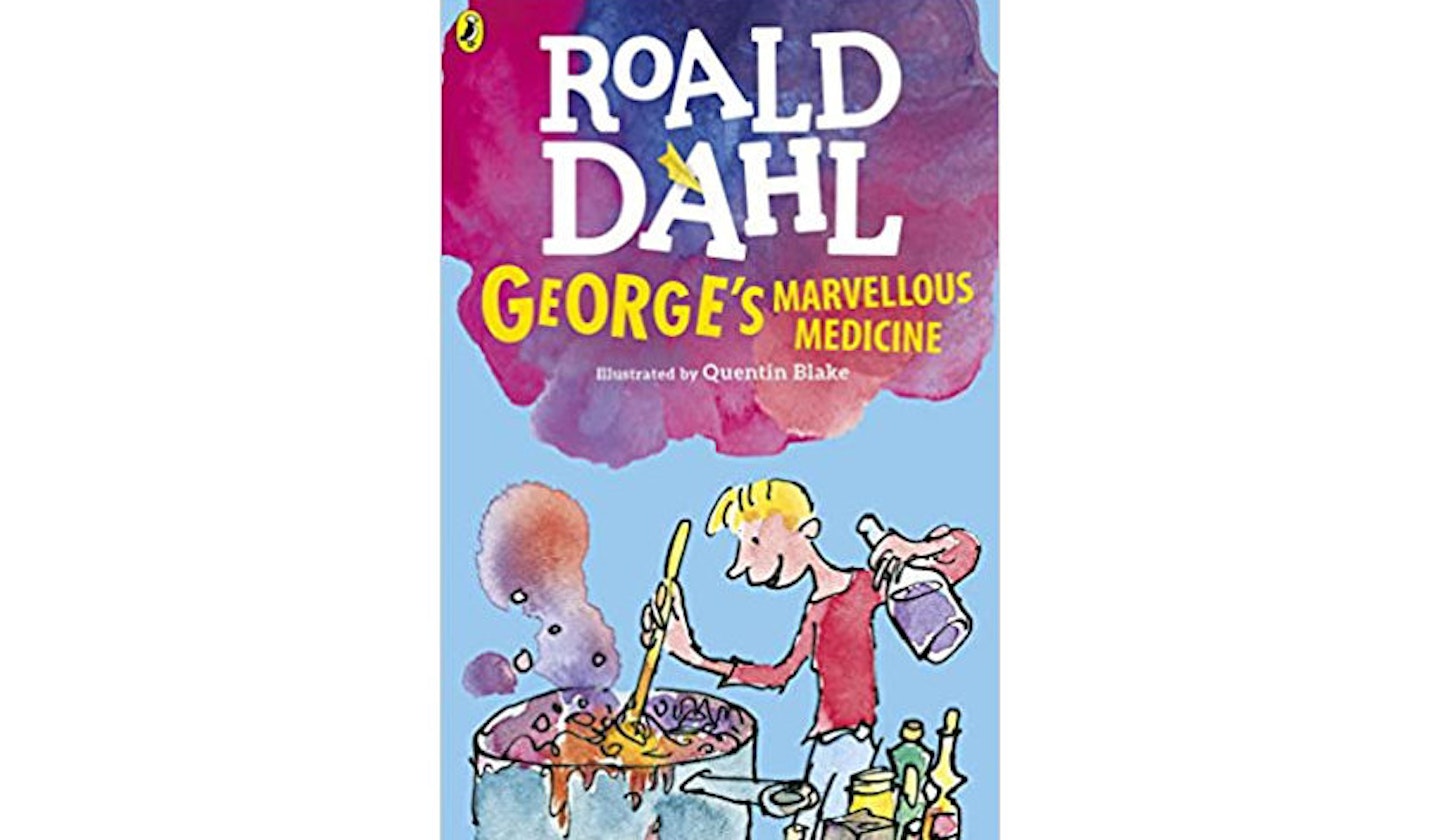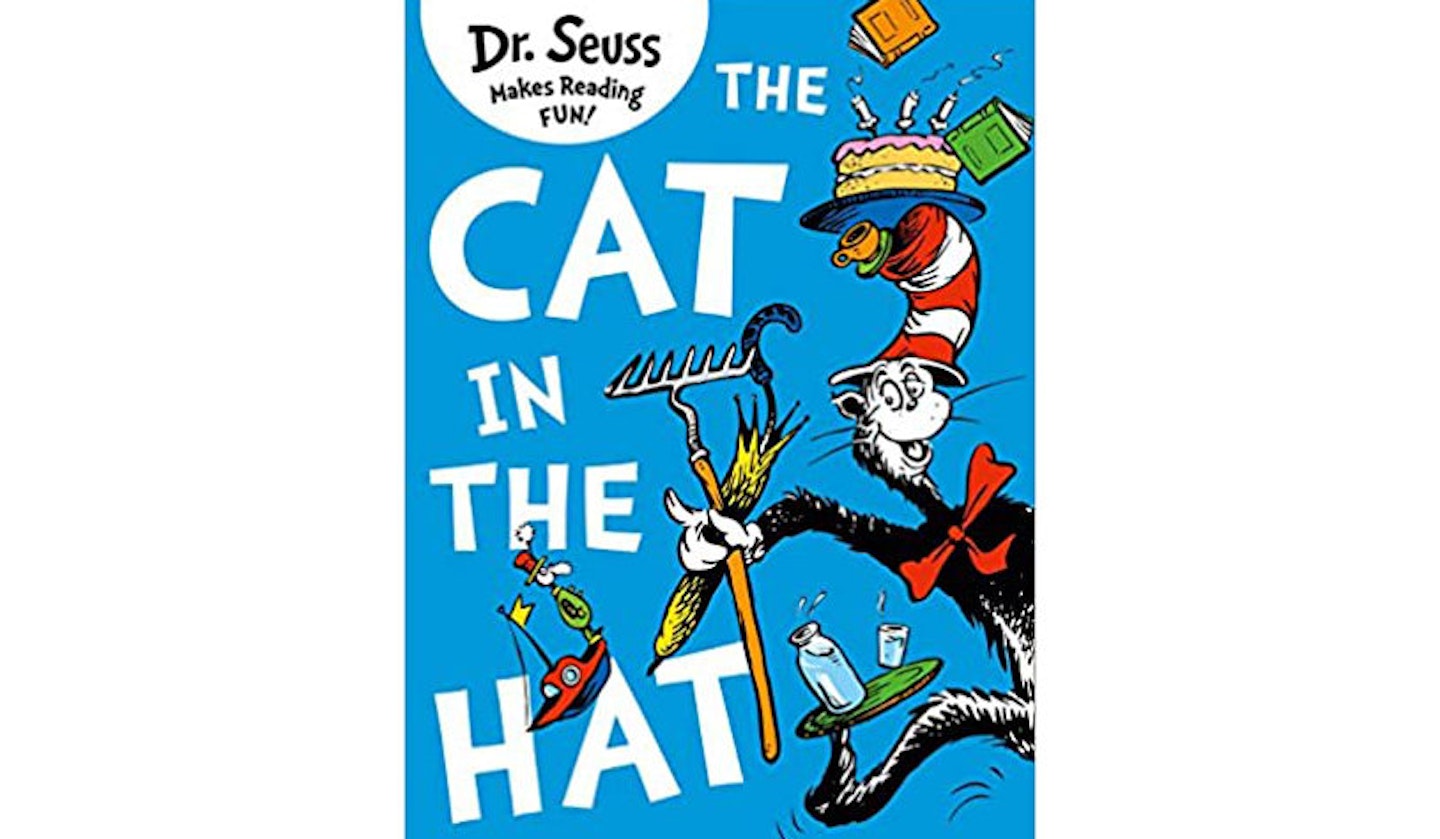We have many fond childhood memories of reading favourite books such as The Famous Five, Malory Towers and The Railway Children. Writing your own children’s book or picture book can be incredibly rewarding, from letting your imagination run wild on paper to creating a personalised book for your grandchildren. Here’s everything you need to know...
How to think of ideas for your book
Ideas can come from almost anywhere, whether it’s a pet, your grandchildren or even the wildlife in your garden. It’s very important to read and research a range of books before writing to give you a good idea of the kinds of tales that have been written before. Best-selling children’s author Julia Donaldson, believes research is very important. “If you seriously want to write for children it’s important to be clued up on what’s out there. A lot of people just churn out stories they liked as a child – equivalent to Thomas the tank engine – but you need to be aware of the different genres.”
Think about your reader
When thinking up ideas, keep in mind who you are writing for. Will your book be aimed at 4-5-year-olds who are just starting to read for themselves, or is it aimed at older children aged 9-10 who can confidently read longer books? For a younger audience, the story should be more picture led, so it’s important your story can be played out very visually. If an older audience is reading, you could venture into a more emotional, grown-up subject.
Great books to read before you write for 4-8-year-old’s
Whilst we may receive commission for purchases made through our links, we never allow this to influence product selections.
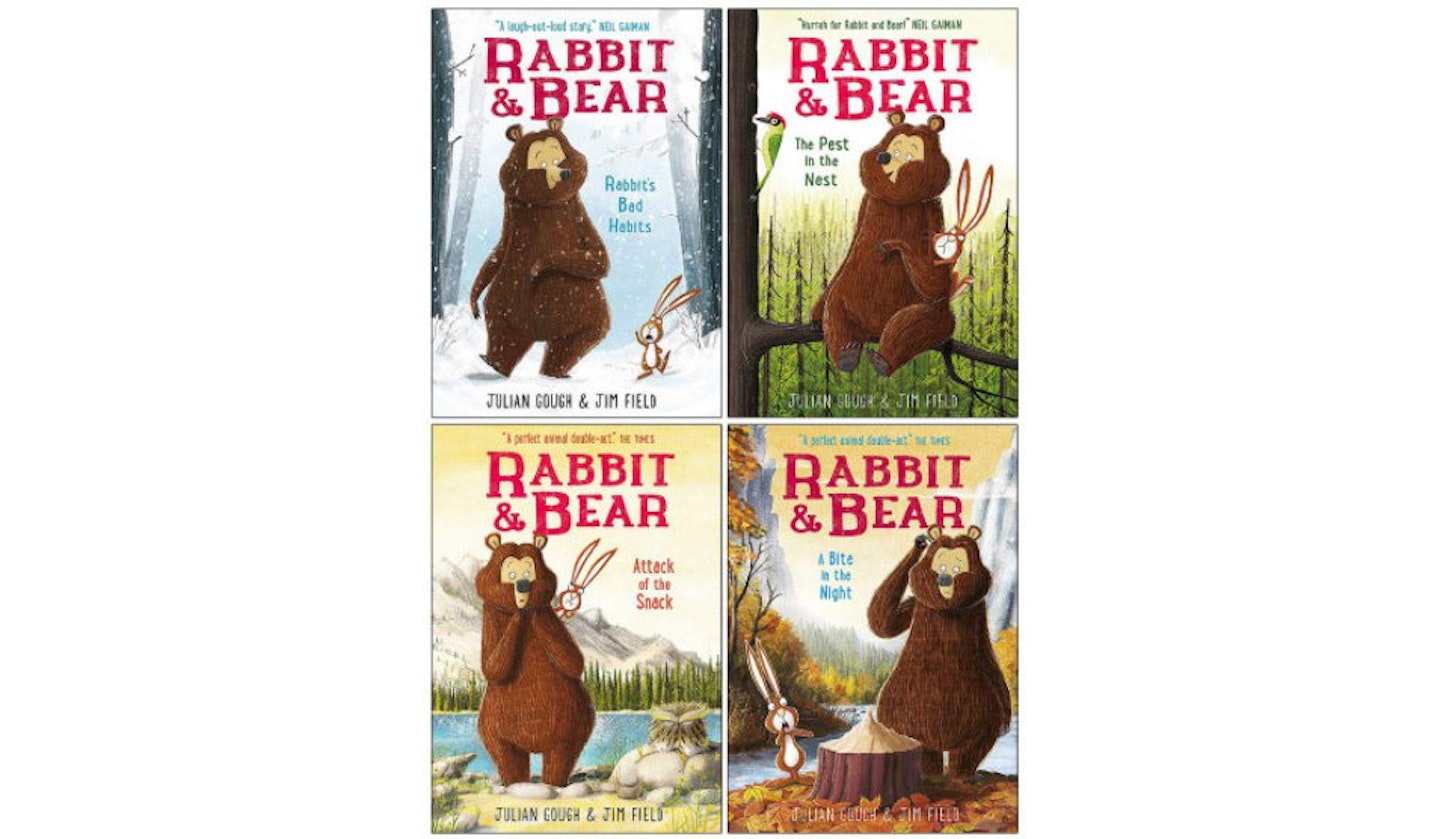
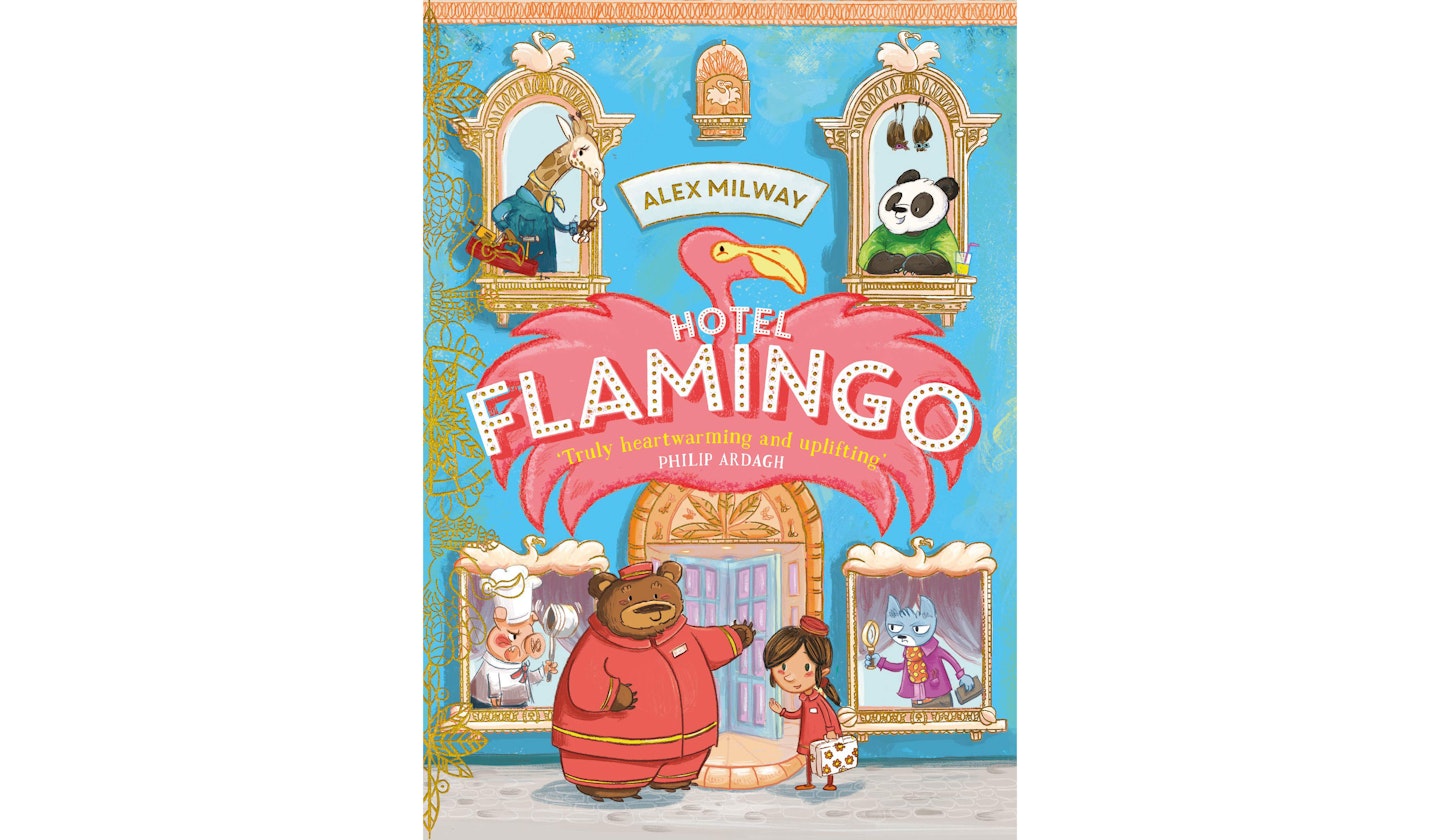

How to write a children's rhyming book
It has been proven that using rhythm and rhyme in children’s books boosts their language and speech skills. Although rhyming books can be tricky to write, they can make reading far more fun, memorable and engaging. When it comes to rhyming, it can be tempting to think of the rhyming words before the actual plot of the story but this could cause your book to make little sense so make sure you know where you want your story to go before trying to make it rhyme. It’s also important to read your rhyming story aloud so you can hear the rhythm. If the rhythm doesn’t quite flow, you may need to rethink the words you use.
Great examples of rhyming books
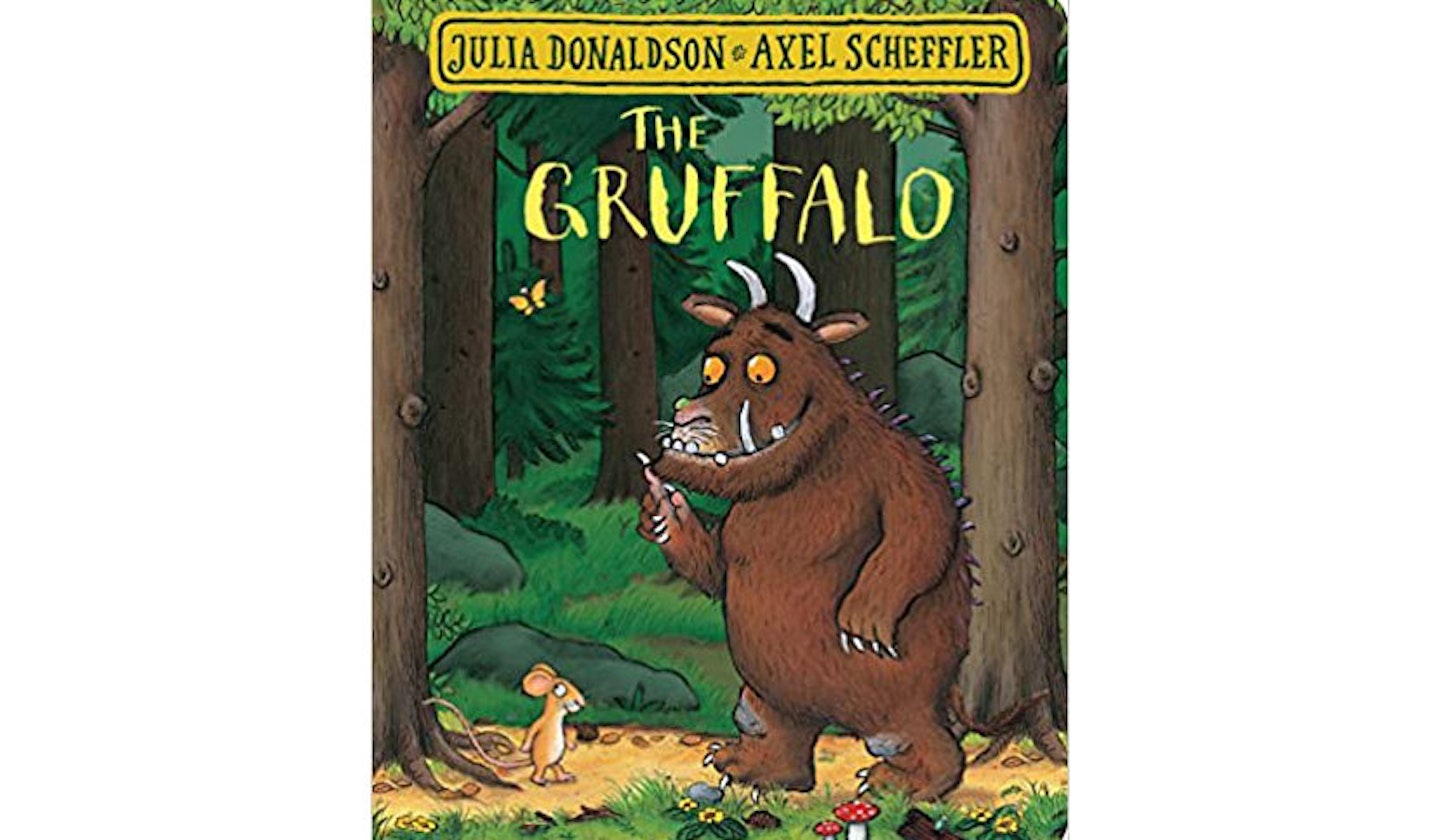
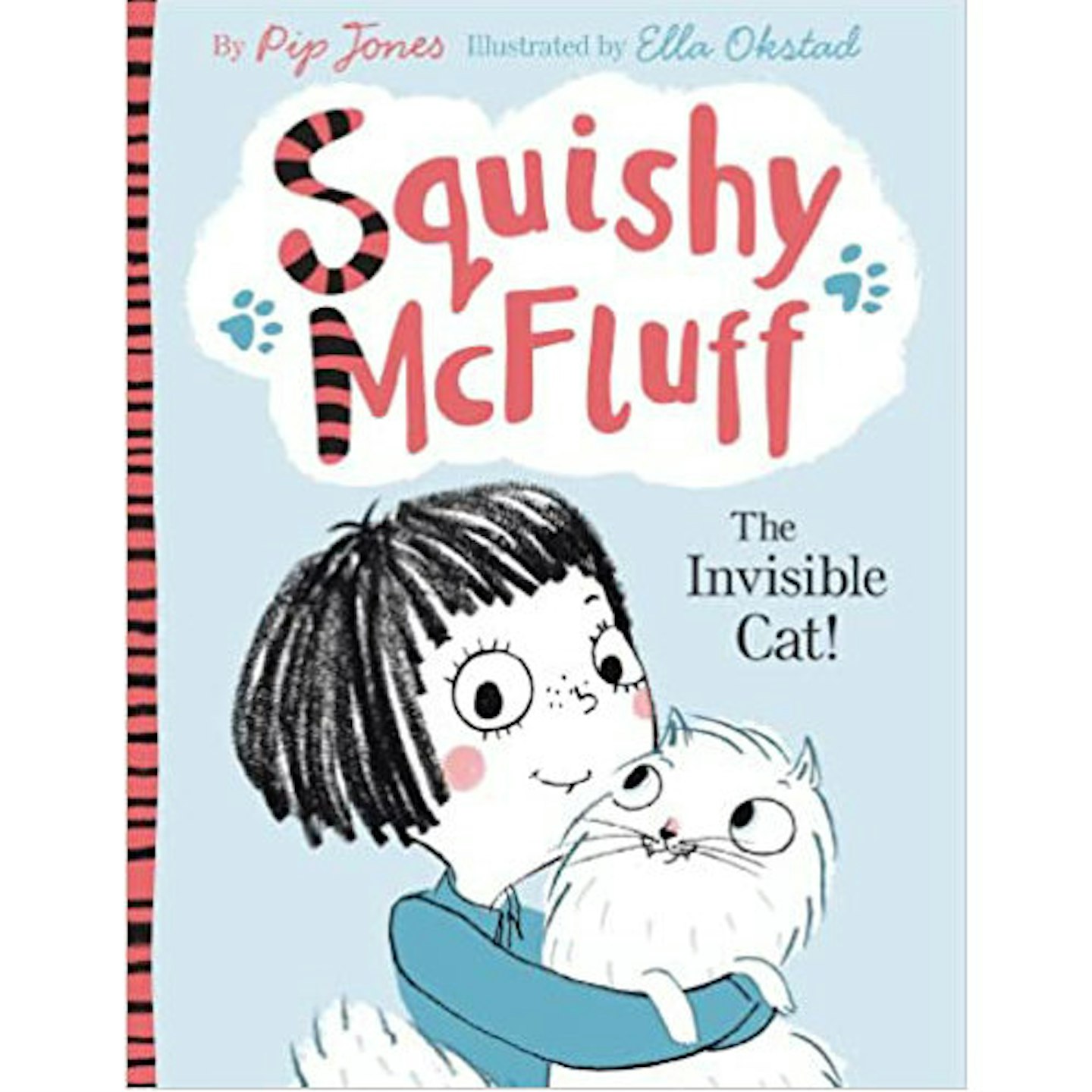
Roald Dahl’s top tips for budding writers
“It helps a lot if you have a keen sense of humour. This is not essential when writing for grown-ups, but for children, it’s vital.”
“You should have a lively imagination.”
“You should be able to write well. By that I mean you should be able to make a scene come alive in the reader’s mind. Not everybody has this ability. It is a gift and you either have it or you don’t.”
How to develop your idea
Put yourself in the shoes of the child you are writing for. Create a strong lead character that your reader can easily relate to. From here, you can decide on how the story will flow. Will it be set in the past or present tense? Will the story be from the main character's perspective or narrated?
Try not to over-complicate the plot of your story, even when writing for older children, as children can often give up on books with a confusing plot but ensure you include plenty of action to draw in younger readers and keep them excited about where the story is going. Children’s author Julia Donaldson advises up-and-coming writers to give the main character a problem. “Give your character a problem and make it get worse before it gets better.”
Have a go at illustrating your children's book
Did you know that Beatrix Potter illustrated all of her own books? It can be so exciting to bring your story to life exactly how you picture it in your mind. Start by sketching out some character ideas before thinking about what sort of colours you want the book to be. Painting is often the best way to create illustrations. Use some watercolour paper with light sketches as a guide before painting your pictures and leaving it to dry. Once you’re happy with your artwork and it’s all dry, you’ll need to scan it onto a computer, ready to be published.
If you’re not keen on illustrating yourself, you can find an illustrating artist online.
How to publish your children's book
Giving a copy of your book to your grandchildren as a gift is a lovely idea for any occasion and self-publishing a small number of copies has never been easier if you have internet access. All you’ll need is your copy and illustrations to create your book, with prices starting at £1.99 for a small, 24-page softback black and white book ranging to a large, 24-page hardback colour book for £15.99.
If you'd prefer to have your book published by a publishing house, you'll need to consider all sorts of things. For information and help on how to get your book published by a publishing house, click here.
More from Yours.co.uk
Love fiction? Get your latest copy of the Yours Fiction series here

